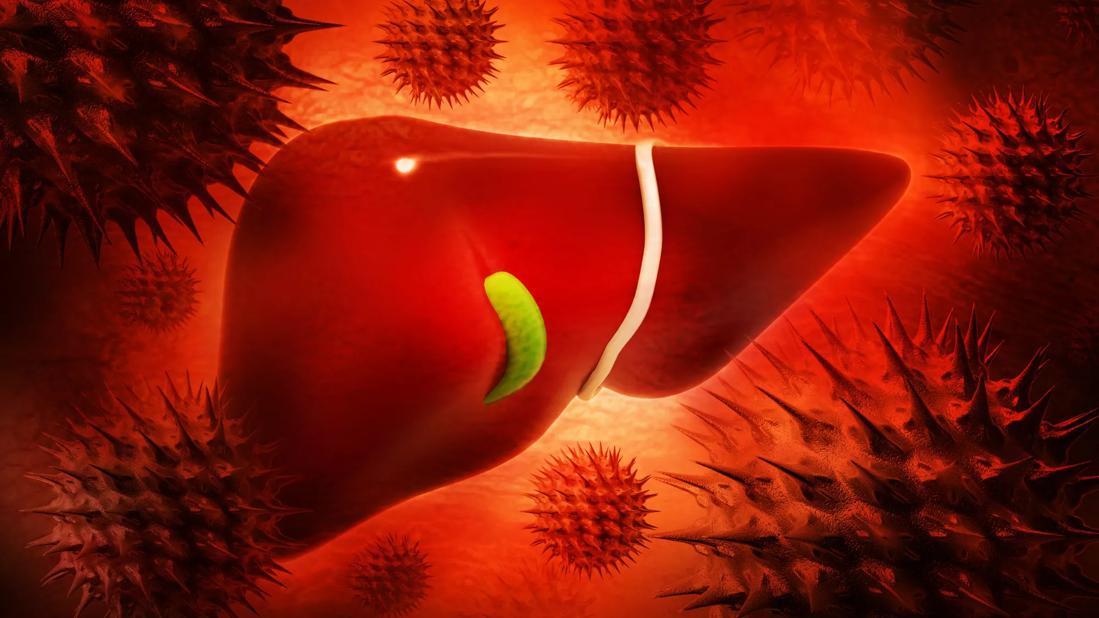
A shift in the cause of liver cirrhosis and ultimately end-stage liver disease is being felt at transplant centers across the country, including at Cleveland Clinic’s Transplant Center in Florida.
Advertisement
Cleveland Clinic is a non-profit academic medical center. Advertising on our site helps support our mission. We do not endorse non-Cleveland Clinic products or services. Policy
“We’re seeing more patients with alcohol-associated liver disease and metabolic fatty liver disease, and for each case we have to tailor post-transplant care to manage multiple comorbidities and prevent recurrent disease,” says Leopoldo Arosemena Benitez, MD, a transplant hepatologist with Cleveland Clinic Weston Hospital.
Alcohol-associated liver disease (ALD) and nonalcoholic steatohepatitis (NASH) — renamed metabolic dysfunction-associated steatohepatitis (MASH) last year — first overtook hepatitis C virus (HCV) infection in 2016 as the leading indications for liver transplantation in the United States. By 2022, ALD accounted for 38.6% of liver transplants, followed by MASH in 18.8% of cases, according to the latest Organ Donation and Transplantation Network/Scientific Registry of Transplant Recipients annual report.
“Direct-acting antiviral medicines can cure more than 95% of individuals with hepatitis C infections, which has precipitated a significant drop in HCV-related liver transplantations,” explains Dr. Arosemena, who has two decades of experience in liver transplant medical management.
MASH has filled that gap and is now the most rapidly increasing indication for liver transplantation in patients with and without hepatocellular carcinoma, according to an analysis of SRTR data from 2002 through 2019.
The risk of recurrent disease following liver transplantation for MASH can be quite high, with some studies indicating recurrence rates of 30-40%. Pre-existing cardiometabolic risk factors, such as dyslipidemia, hyperglycemia, hypertension and abdominal obesity contribute to this risk. So, too, do the metabolic disturbances linked to post-transplant immunosuppressive medications, including significant weight gain.
Advertisement
“Opportunities for prehabilitation are pursued prior to surgery, when possible, to minimize known risk factors, such as obesity and uncontrolled diabetes,” says Dr. Arosemena. “Following transplantation, lifestyle changes, medication adjustments, and close monitoring are crucial to minimizing the risk of recurrence and ensuring long-term outcomes.”
In all cases, a multidisciplinary approach is needed to manage metabolic syndrome comorbidities and support weight loss, when appropriate. He also sees a role for the new class of weight loss drugs, which includes semaglutide and tirzepatide, in both pre- and post-liver transplant management, though there are currently no data on their use in patients with decompensated cirrhosis or in the post-transplant setting.
Meanwhile, patients who receive a liver transplant for ALD face the risk of alcohol relapse. According to a literature review published in 2022, up to half of patients with ALD return to some degree of alcohol consumption following liver transplantation, while 1 in 5 relapse to heavy drinking.
“Long-term abstinence is the safest course for these patients, and behavioral therapy is essential to helping them achieve a positive outcome,” adds Dr. Arosemena.
Regardless of etiologies, all patients have the potential to benefit from advancements in post-liver transplant management. These impactful changes have improved patient outcomes and quality of life, observes Dr. Arosemena.
“Today we have a larger array of immunosuppressive drugs supported by the use of genetic and biomarker testing to gauge the body’s immune response,” he reports. “This form of personalized medicine allows us to tailor immunosuppression therapy to prevent organ rejection while minimizing side effects.”
Advertisement
Dr. Arosemena also points to the careful monitoring of liver enzymes— aminotransferases, bilirubin, and alkaline phosphatase — along with innovative imaging and diagnostic techniques as key to the early detection of complications such as biliary strictures, vascular issues, and rejection.
“Despite caring for an older and frailer recipient population with more comorbidities in recent years, the survival rates for adult liver transplantation in the United States are quite encouraging, and some of the credit goes to improvements in post-liver transplant care,” says Dr. Arosemena. “Here at Weston Hospital, our 1-year survival rate following liver transplant is about 98%.”
Nationally, the 1- and 3-year patient survival rates have reached approximately 93% and 87%, respectively, according to OPTN/SRTR data. Around 80% of patients are alive 5 years post-transplant and 64% survive to 10 years or more.
“One of the most challenging aspects of hepatology is managing the care of patients after liver transplantation,” notes Dr. Arosemena. “These patients require a multidisciplinary approach and close follow-up to prevent complications and to improve their quality of life.”
The Liver Transplant Program at Weston Hospital boasts a multidisciplinary team that includes hepatologists, surgeons, pharmacists, dietitians, and social workers. “We also collaborate with our colleagues in nephrology, endocrinology and cardiovascular medicine to ensure our liver transplant recipients receive the comprehensive care they need to have a successful recovery,” he adds.
Advertisement
Advertisement

Cleveland Clinic Weston Hospital’s collaborative model elevates care for complex lung diseases

Interventional pulmonologists at Cleveland Clinic Indian River Hospital use robotic technology to reach small peripheral lung nodules

Trained in the use of multiple focal therapies for prostate cancer, Dr. Jamil Syed recommends HIFU for certain patients with intermediate-risk prostate cancer, especially individuals with small, well-defined tumors localized to the lateral and posterior regions of the gland.

Cleveland Clinic Weston Hospital is actively recruiting patients for an international, multicenter, phase III study comparing MIS versus open interval cytoreduction following neoadjuvant chemotherapy in patients with stage IIIC-IV epithelial ovarian cancer.

Urologic oncologist with Cleveland Clinic in Florida performs robotic-assisted retroperitoneal lymph node dissection.

Cleveland Clinic researchers in Florida identify unexpected survival benefit

Noninvasive, radiation-free imaging supports treat-to-target IBD care

Cleveland Clinic in Florida transplant specialists perform advanced surgical approach for living kidney donation